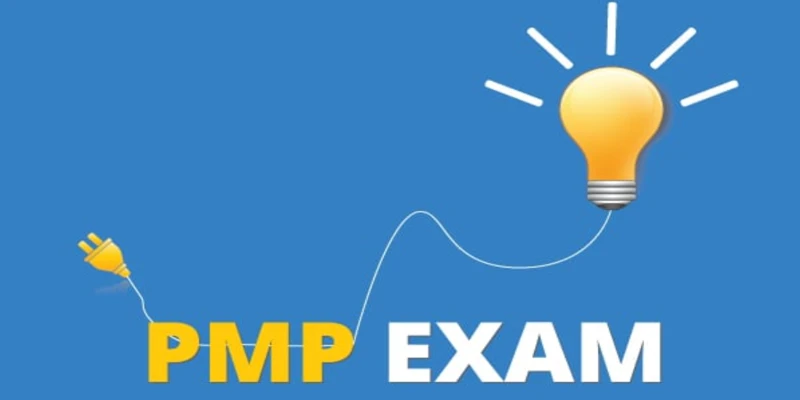Overview
Inventory is a current asset to a firm. Carrying inventory comes with a certain degree of risk. This risk is a component of the cost of carrying inventory. When a company stocks items in the warehouse there is always the risk that the items may fall in real value during the period they are stored. If a company stored parts for their work centers or equipment, the parts in the warehouse could be worth far less than the price that was originally paid and any losses, excess, obsolete and miss-managed inventory means a reduction in the company equity.
- • Improve management of inventories reaching from receiving products to storage and delivering
- • See that movement to the end-user is adds value
- • Professionally manage the inventory and supply chain and help you to reduce cost, improve customer satisfaction and increase safety and productivity
- • Look “outside of the box”
- • Understand the appropriate Inventory methods to be applied
- • Establish more accurate forecast demands and maximize the degree of service by reducing your inventory with a time-conscious and integrated inventory management process
TARGET AUDIENCE
This training course is suitable for a wide range of professionals but will greatly benefit:
• Those new to managing inventory
• Those non inventory people who need to gain an awareness of the issues and key drivers of stock control operations
• Inventory, Stock, Supply Chain, Logistics, Warehouse and Distribution Professionals




